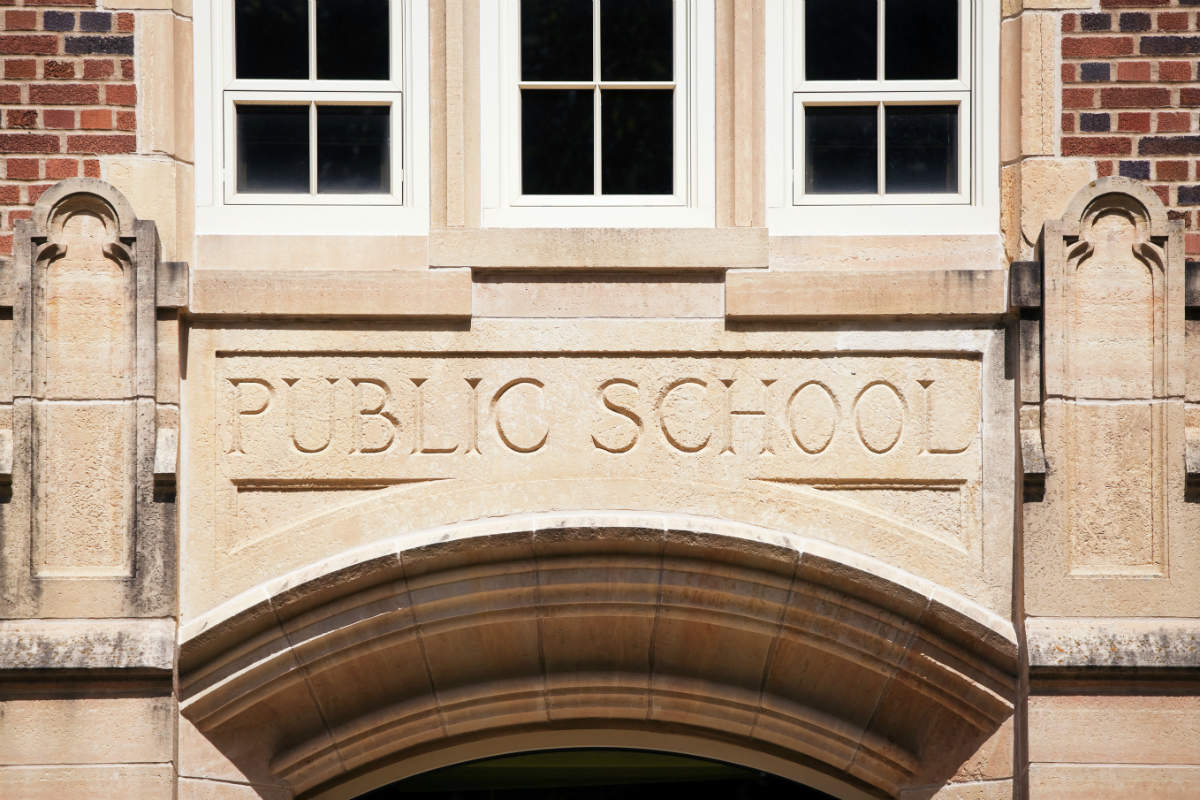CSBA hosted a webinar on July 12 to discuss its new report, Unprecedented Times, Unprecedented Responses: An Analysis of Federal COVID-19 Relief Fund Spending in California Public Schools. District leaders detailed their experiences during the event and CSBA staff shared how board members can effectively share with their community how money is being used.
The report is the first in a three-part series exploring how more than 900 school districts and county offices of education from across the state spent their state and federal COVID-19 relief funds — Elementary and Secondary School Relief (ESSER) I, II and IIII funds and the Governor’s Emergency Education Relief (GEER) I funds — to respond to pandemic-related challenges.
“It’s important to keep in mind as we look at spending overtime that districts were at different starting points at the beginning of the pandemic, and that has continued as it has gone on,” said Jeremy Anderson, CSBA education policy analyst and report co-author. “Some districts had to immediately spend on virus mitigation equipment while others had to shift to heavy expenditures on educational technology to facilitate distance learning. No one could foresee the wide range in needs that districts would go through over the past few years … Although it does not come without its challenges, the federal funding that we’re discussing was designed with this in mind and is intended to provide flexibility for school districts and county offices to make decisions quickly and address rapidly changing local situations.”
Report findings
Four guiding questions shaped the research:
- Is COVID relief funding being spent by recipient local educational agencies?
- What can we learn about school district and COE spending in different categories from expenditure reports?
- What implementation challenges are LEAs facing?
- What are the implications for CSBA’s advocacy efforts?
According to findings, California LEAs are spending federal relief in accordance with associated deadlines. Statewide, on average, 94 percent of ESSER I and 87 percent of GEER I funds have been spent. Both have January 2023 deadlines.
Fifty-seven percent of ESSER II, 17 percent of ESSER III (main) and 10 percent of ESSER III (academic impact) have been used. ESSER II has a January 2024 deadline and ESSER III’s deadline is January 2025 (LEAs can apply to the U.S. Department of Education for an 18-month extension for ESSER III).
Some challenges to spending that were identified include staffing levels and burnout, concerns about programs and services being unsustainable after the one-time money dries up, infrastructure expenses extending past deadlines due to factors such as supply chain shortages, and confusion surrounding guidelines on things like plan submissions.
In addition to problems finding staff, CSBA President-elect and Pacific Union Elementary School District trustee Susan Markarian expressed her district’s concern over a looming HVAC project, which also requires new roofs.
“Going forward we’re leery about the big projects we have planned because we’re not sure the money will be there when we’re ready,” Markarian said.
The report also looked at differences in how COEs have been spending relief funding compared to school districts and found that. COEs generally have been more likely to report funding in broader categories. In spring 2022, however, they almost doubled ESSER III funds for learning recovery and increased GEER expenditures for professional development and learning supports.
Sharing progress with the public
Governing boards should continue communicating with the community about spending progress and plans to keep everyone informed and to combat any negative narratives out there. CSBA Chief Information Officer Troy Flint noted that, “during this time of unprecedented attention and scrutiny around how schools are running their operations and allocating the money, [it’s important] that you’re able to present an accurate picture of what you’re doing.”
Engaging with the community is also a good way to identify emerging needs and priorities.
To build public support around initiatives, LEAs should be proactive about sharing spending data and specific about expenditures — connecting those expenditures to Local Control and Accountability Plan or strategic plan goals when possible.
“We had to be very strategic about how we were going to use those [COVID relief] funds for long-term sustainability,” said Greenfield Unified School District Superintendent Zandra Jo Galvan. “Looking at the big picture of what was on the strategic plan was essential.”
Education leaders can preview future strategies and goals for funding, talk honestly about challenges and successes, tell the district’s story on social media or engage with partners such as journalists to help disseminate information, and share a post-pandemic vision for local schools.
Addressing local needs
Both Markarian and Galvan’s districts invested most heavily in providing WiFi and devices to students, summer programming and addressing youth mental health.
Greenfield USD is a prime example of the benefit using of federal spending flexibilities to meet local needs.
“In my community, a very farm-working valley, we have folks that are coming from Mexico, from the state of Oaxaca, who do not speak Spanish or English. So, when they experience trauma, they don’t know how to communicate that to you. We’ve hired people — teachers as well as support staff in our centers — who speak the language of our community,” Galvan explained.
At Pacific Union ESD, Markarian said they were able to bring on a full-time psychologist and a full-time nurse. “For a campus of only about 350 students that is almost unheard of — to have that kind of services for students and their social, mental and physical health,” she said. “What we’re getting right now isn’t going to last but it’s going to do some great things.”
The first report as well as an executive summary can be viewed here. A recording of the webinar is available here.
The series’ second report will provide an analysis of state aid and the third will feature findings from the CSBA survey of superintendents and school business officials on implementation strategies, challenges and their perspective on local needs and constraints. Both will be released this summer.





